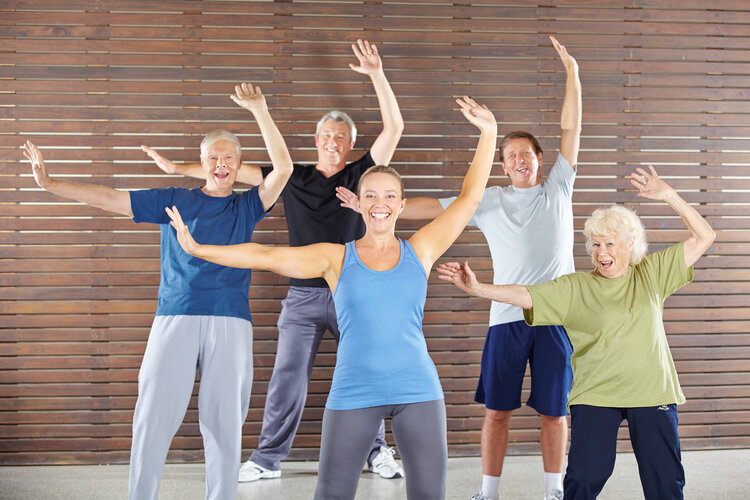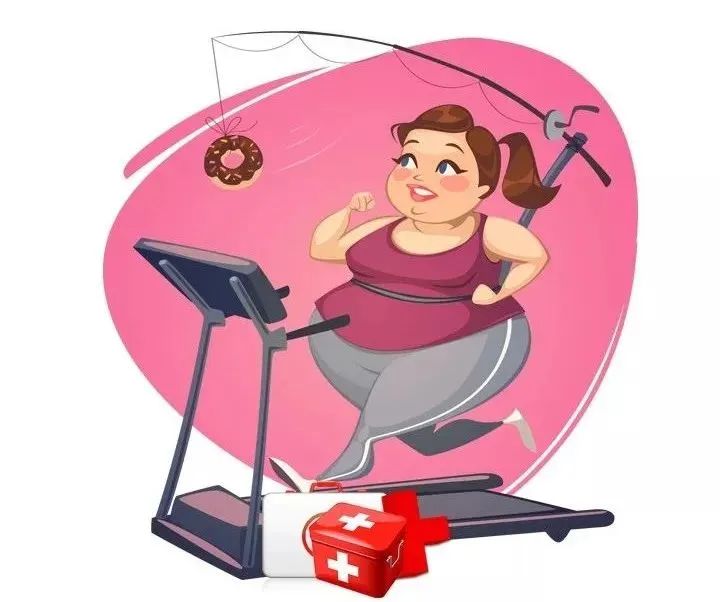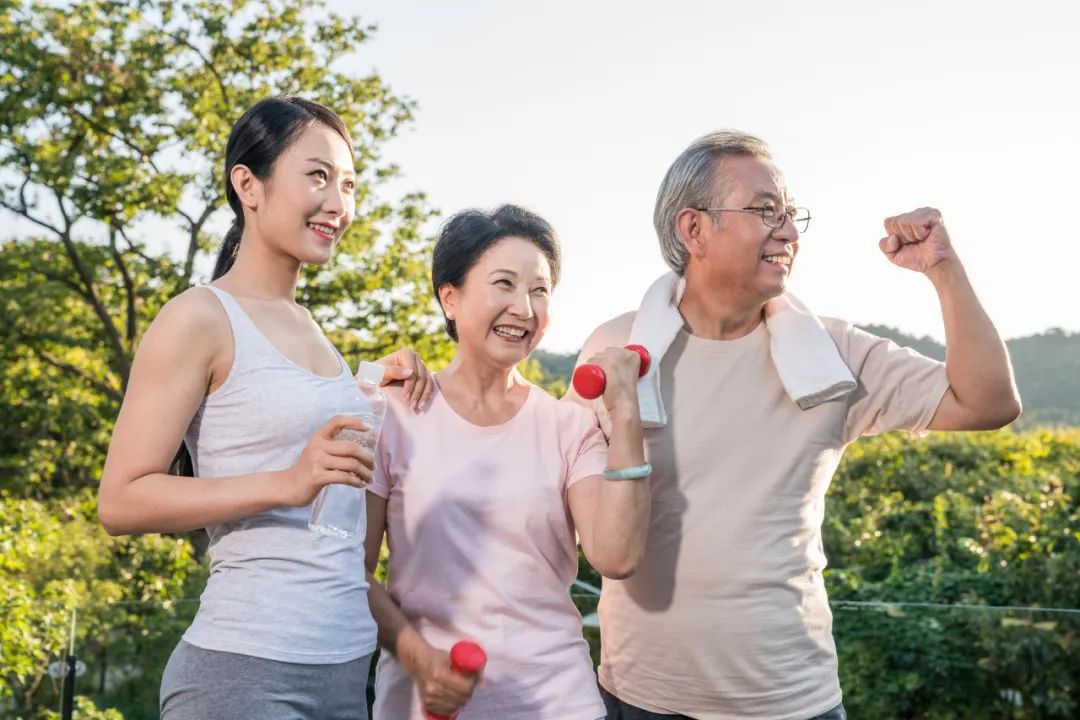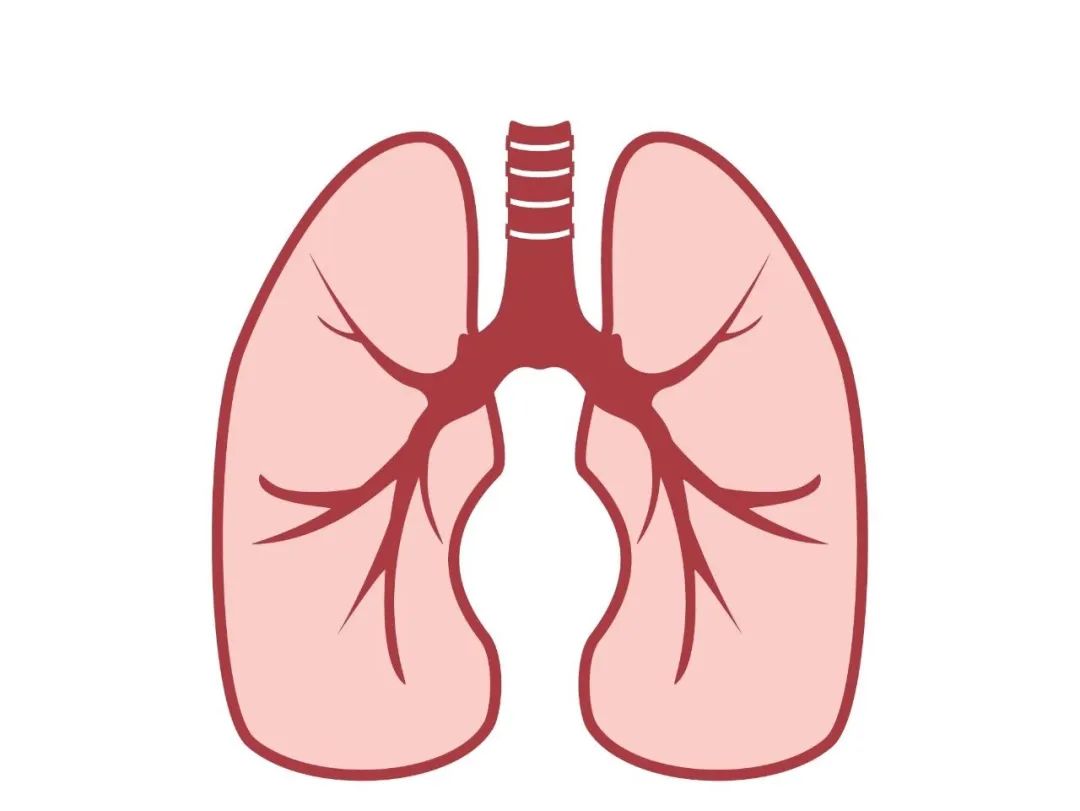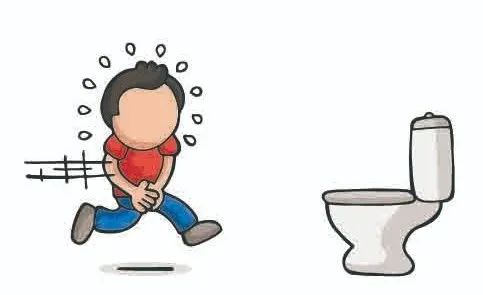The age range of 60-70 is a crucial period for longevity in the elderly. As aging leads to a decline in bodily functions and changes in lifestyle post-retirement, both physical and mental health face significant challenges. During this stage, the following habits can significantly contribute to longevity:
Many elderly believe they should eat lightly and avoid meat entirely as they age, but this approach is incorrect. Due to decreased gastrointestinal function, a simple diet can lead to malnutrition. Especially, leftover food should not be consumed frequently as its nutritional value diminishes. It’s recommended that the elderly ensure a balanced intake of fruits, nuts, whole grains, and meats, ideally consuming 12 different types of food daily and 25 types weekly.
Chronic diseases are more prevalent among the elderly, making regular health check-ups crucial. The "1+X" principle is recommended, where "1" refers to routine check-up items like physical and laboratory tests, and "X" refers to personalized check-ups, including cardiovascular, cancer screening, blood sugar testing, and bone density tests. Specific tests should be based on professional medical advice.
After 50, many retirees experience significant lifestyle changes, leading to emotional fluctuations. Some elderly individuals become reclusive and suffer from loneliness and depression, which can accelerate aging, even more than smoking. Engaging in social activities such as playing cards, traveling, and dancing can help maintain emotional stability.
A study published in the BMJ by a team from West China Hospital of Sichuan University, involving over 28,000 elderly individuals with an average age of 89, found that more frequent social activities were associated with longer lifespans. The more frequent the social interactions, the greater the likelihood of a longer life.
While running is popular among the young and walking among the elderly, there is an exercise endorsed by WHO as the best, and that is dancing. The WHO has even mobilized participants at the 142nd Executive Board meeting to dance for over two minutes. So, what are the benefits of dancing?
Researchers from São Paulo State University in Brazil found that postmenopausal women who danced three times a week, for 90 minutes each session, over 16 weeks, experienced significant health improvements:
- Improved body coordination, agility, balance, and muscle strength.
However, dancing is not recommended for individuals with cardiovascular diseases, as it may increase heart rate, leading to cardiac ischemia, angina, or acute myocardial infarction. It can also raise blood pressure, increasing the risk of cerebral hemorrhage or heart failure.

